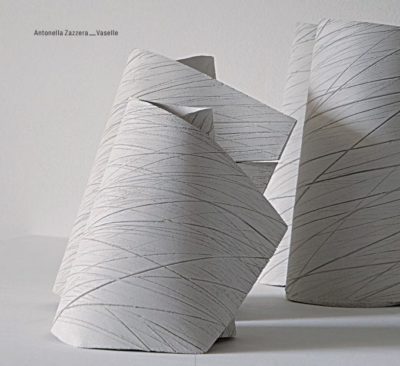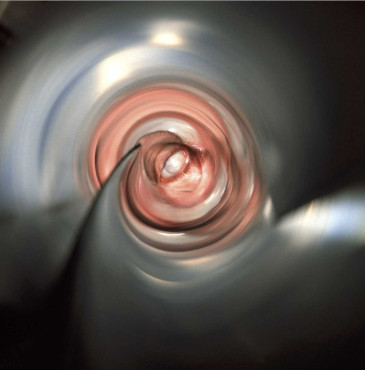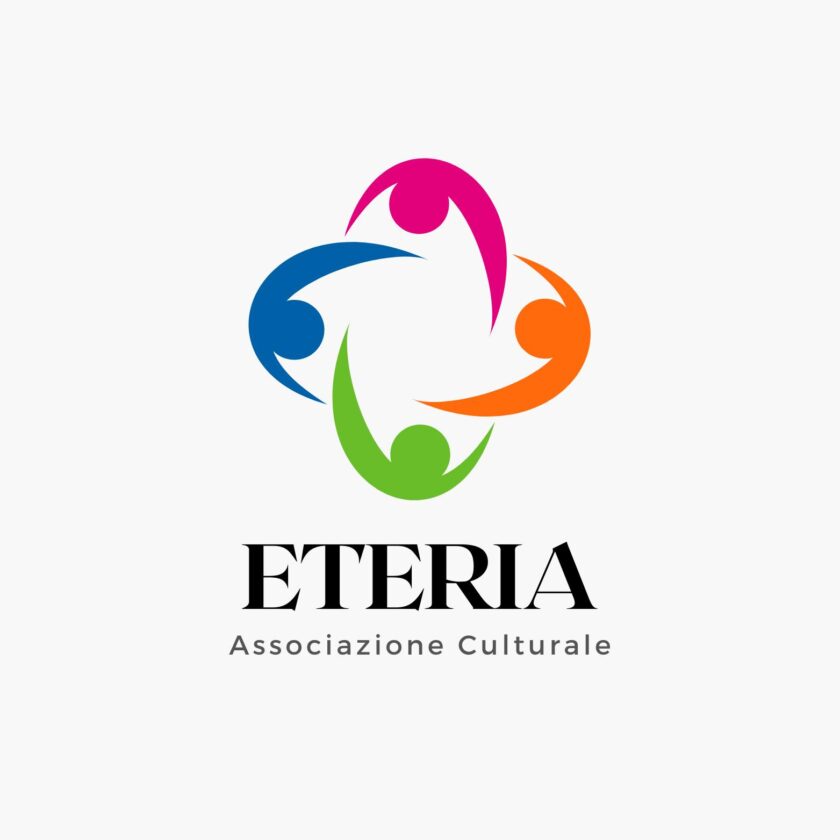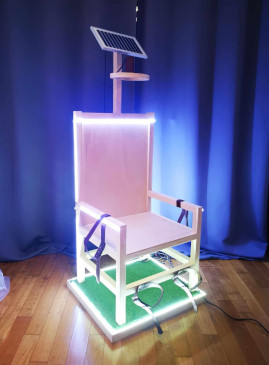The “Vaselle d’autore” idea was born in front of a glass of good wine, between Maestro Nino Caruso and the former mayor of Torgiano, in order to create a collection linked to the territory and its excellence. Torgiano territory is famous for its wines, the ancient tradition, the fine cellars and a Wine Museum.
The initial idea of the Vaselle d’autore was born to insipre the local ceramic production, but this concept was then further developed by Caruso, who decided to invite artists, some of them at their first experience with the ceramics technique, and for this reason, potential bearers of new and different ideas and suggestions.
Since then, every year, three artists from all over the world are invited to realize their own vaselle, the traditional Umbrian “mugs” heirs of the medieval “Panata”.
In November, in honor of the new wine, the works are presented, celebrating the marriage between the ancient tradition of pottery and the research and innovation of every contemporary artist.
In this way, over time, a collection of about 150 works by important artists was created, among them Piero Dorazio, Carla Accardi, Nino Caruso, Bruno Ceccobelli, Antonella Zazzera.
The museum, located in Palazzo Malizia in Torgiano, also includes a collection of works by Nino Caruso, donated to the City.
The collection is made by 58 works that cross the artist’s production from the beginning in the fifties, to his death.
The first works are identified with the name “archaic works”: their particularity is the testing of materials such as ash, pieces of glass and so on, placed on the surface of the work before cooking, obtaining rough surfaces.
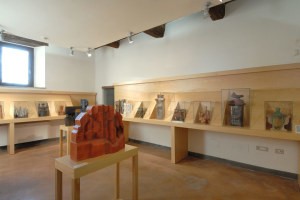
“Mitovasi” objects transcend their common use to become sculptures recalling classis forms and decor .
The “Portali” and the “Stele” are composed by the famous modules designed by Caruso: modules created with models of polystyrene, cut with incandescent steel wire, up to form matrices that allow to produce a series of modules, in fact, positive and negative, to be assembled together to give shape and life to larger sculptures.
by Benedetta Tintillini
Find the Museum of Contemporary Ceramic Art on Google Maps:

